
Performative Marketing: From Good Intentions to Brand Backlash [2025]
Imagine walking past a store window covered in rainbow flags, only to find out later that the brand behind them doesn’t support the LGBTQIA+ community beyond that one month.
Or seeing a company talk big about sustainability but using twice as many resources to manufacture their products.
That kind of surface-level messaging is more common than ever as brands attempt to engage with important social issues. However, people see through it fast, and the backlash can be harsh when promises don’t match actions. This is what happens when brands become performative rather than authentic.
In this guide, we’ll break down what performative marketing means, how to recognize it across popular channels, and how your brand can avoid falling into the same trap.
What is Performative Marketing?
Performative marketing occurs when a brand publicly promotes social or ethical values, such as LGBTQIA+ rights, sustainability, or diversity statements, but fails to back them up with actions. Thus, it may look good on the outside, but it lacks substance behind it.
This trend has become increasingly common as consumers expect brands to take a stand. To appear progressive and inclusive, companies often jump on popular causes to gain attention.
Without consistent actions or evidence to support these claims, though, these messages appear shallow or opportunistic.
Common types of performative marketing
Performative marketing can take many different forms.
- Greenwashing: Exaggerating or faking environmental efforts.
- Causewashing: Using social issues purely for publicity and image boosting.
- Rainbow-washing: Promoting LGBTQIA+ support only during Pride Month.
- Virtue signaling: Making broad claims about ethics or values without proof.
- Tokenism: Featuring marginalized groups in marketing without meaningful support behind the scenes.
A very common example of performative marketing is when brands change their logos to rainbow colors during Pride Month without taking further action to support the LGBTQIA+ community.
According to surveys, 53% of consumers believe these updates are made for profit rather than genuine social good.
Signs of Performative Marketing
Performative marketing can show up across your marketing strategy, sometimes even unintentionally, if your team isn’t properly informed or trained.
From emails to social posts, websites, and even in-person campaigns, these messages can appear on multiple channels and harm your brand’s reputation.
Let’s break down some of the most common red flags below, starting with email marketing.
In email marketing
Performative marketing in email often hides behind flashy words but fails to deliver real value.
Here’s what to watch for:
- Terms like ’empower,’ ‘inclusive,’ or ‘impact’ used throughout the campaign, but without any proof or follow-through.
- Sending a single campaign about a cause, then never mentioning it again, usually to take advantage of the hype.
- Promoting donations or partnerships without showing evidence or updates.
- Statements that feel forced or disconnected from what your audience cares about.
- Speaking about a serious issue in a salesy or hype-driven voice.
These red flags tell subscribers you’re more focused on looking good than doing good, and that’s the fastest way to lose trust.
On social media
Performative marketing also emerges on social media channels, where brands strive to stay relevant but often fall short.
Compared to email, performative social media marketing is even riskier because audiences can instantly call it out, share it widely, and damage your reputation in a matter of hours.
Here are the common red flags:
- Sharing a post about a social issue but never engaging with the community or taking action behind the scenes.
- Using trending hashtags with no real connection or explanation just to ride the wave.
- Posting about a cause during a crisis or news event, then going silent until the next trend.
- Adding temporary social overlays, like a rainbow logo, that don’t reflect any ongoing brand efforts.
- Promising to ‘do better’ without sharing any plans or results later on.
On your website
Your website is often the first place customers look for authentic evidence of your values. But even here, performative marketing can sneak in and leave a bad impression.
- Bold claims about diversity, sustainability, or social good on the homepage with no data, stories, or results to support them.
- Publishing a single piece about a cause, then ignoring it afterward with no follow-up or progress reports.
- Sharing mission statements without real policies, programs, or partnerships that prove you’re committed.
- Swapping your logo, images, or banners to look inclusive while your practices stay the same.
Offline channels
If you thought performative marketing was only an online problem, think again. It can also appear offline, in places where people expect your actions to match your words.
- Setting up inclusive messages on outdoor ads, yet no real-world initiatives or programs to back them up.
- Displaying banners or social cause displays at your storefront only during awareness months, then removing them and remaining silent for the rest of the year.
- Launching themed products tied to a cause just to ride the trend without donating proceeds or showing commitment beyond the sale.
How Does Performative Marketing Affect Your Brand?
While using performative marketing tactics may bring some quick wins, the long-term damage can be difficult to fix. When a brand talks the talk but doesn’t walk the walk, audience trust erodes fast. But that’s not the only thing.
In email, performative messaging often leads to higher unsubscribe rates, as people have little patience for hollow statements filling up their inboxes.
On social media, these campaigns can go viral for all the wrong reasons, triggering negative shares and harsh criticism that stick around long after the campaign ends. The damage doesn’t stop there, though.
A performative approach also means you miss true engagement opportunities. People are far less likely to interact with, support, or convert if they sense that your brand is inauthentic.
A prime example of how a marketing campaign can backfire comes from Target during Pride Month 2023.
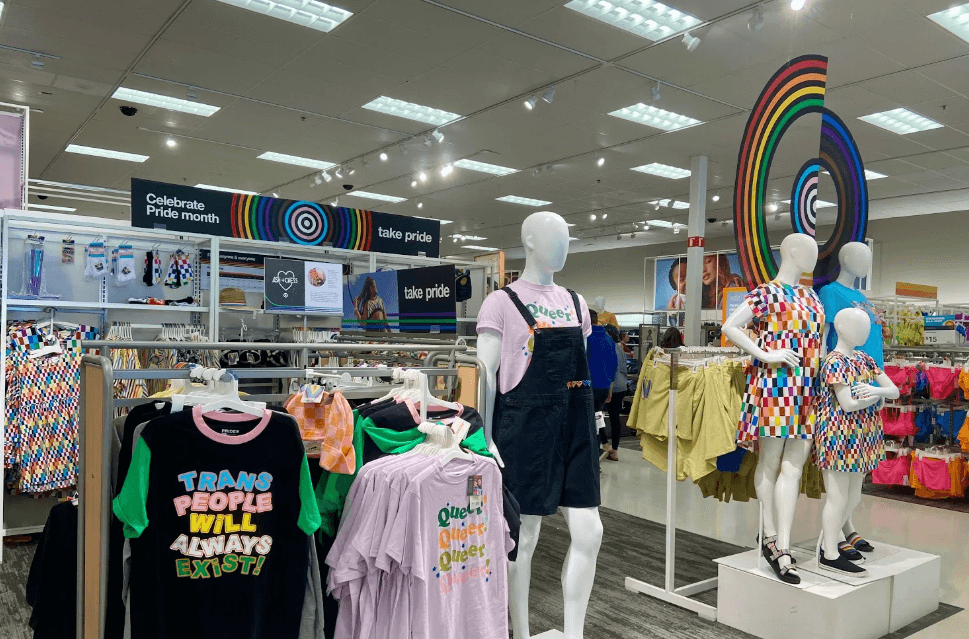
Like many brands, Target showcased a rainbow-themed Pride collection but failed to build long-term, authentic support for LGBTQIA+ communities.
Not only that, but their heavily branded, in-store displays lacked nuance and became easy targets for extremist backlash. When controversy hit, employees were left without clear guidance or protection, and the brand ultimately pulled products from stores.
Consumers viewed this as a marketing strategy that prioritized engagement over action, sparking social media outrage and boycotts.
This mess shows how quickly performative marketing can spiral into a brand crisis, damaging trust and brand reputation.
And if there’s one thing to remember, it’s that people won’t forget how you handled it.
Real-World Examples of Performative Marketing
To see just how badly superficial campaigns can backfire, let’s look at a few well-known brand missteps and what went wrong.
Pepsi’s protest ad
Some years ago, Pepsi launched a commercial featuring Kendall Jenner stepping away from a glamorous photoshoot to join a protest march. In the ad, she hands a can of Pepsi to a police officer, seemingly diffusing tensions between protesters and law enforcement.
The campaign was meant to align Pepsi with unity and social justice, but instead, it trivialized real protest movements and the struggles behind them. Viewers perceived the ad as tone-deaf and accused Pepsi of exploiting serious issues for marketing purposes.
The backlash was fierce and immediate, with critics calling it an example of shallow, performative marketing that lacked understanding of the cause it tried to leverage.
Pepsi pulled the ad within 24 hours and issued an apology, but the damage had already been done. They faced global criticism and became an example of how such practices can quickly get out of hand when there’s no genuine action or respect for the communities represented.
Bud Light’s collab with Dylan Mulvaney
In 2023, Bud Light partnered with influencer Dylan Mulvaney to promote inclusivity and connect with a younger, more progressive audience. The campaign featured personalized cans and celebratory social posts recognizing Mulvaney’s journey as a trans woman.
While the intention was to support LGBTQIA+ visibility, Bud Light failed to stand by the partnership when backlash from conservative groups escalated. Instead of showing consistent support, they distanced themselves and pulled back their messaging, leaving both Mulvaney and the LGBTQIA+ community feeling abandoned.
The lack of commitment was seen as a classic example of performative marketing, trying to capitalize on a cause without the courage to stand behind it when challenged. As a result, Bud Light faced:
- Boycotts from conservative customers who opposed the campaign.
- Frustration from progressives who saw the brand as weak and opportunistic.
- A major drop in sales that took some time to recover.
Ultimately, the backlash transformed what could have been a moment of genuine allyship into a brand crisis.
H&M’s “Conscious” collection
H&M promoted its “Conscious” clothing line as a greener, more sustainable option for eco-minded shoppers, employing environmental scorecards to highlight reduced environmental impact.
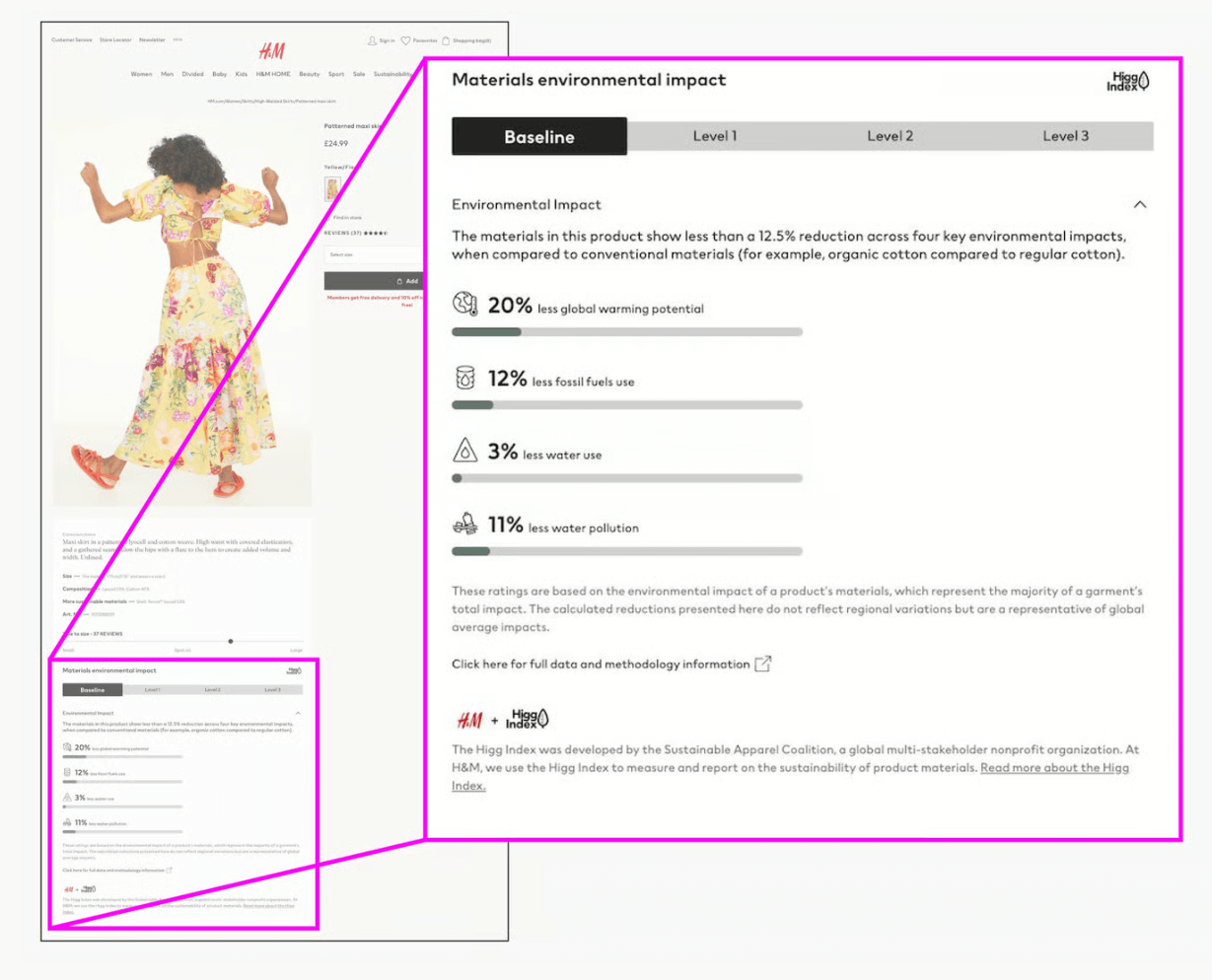
However, an investigation by Quartz revealed that more than half of these scorecards were misleading or outright deceptive. Some even presented data where these “conscious” garments used more water and resources.
Apart from that, H&M’s website was found to have hard-coded positive language into its product pages, making the clothing appear more sustainable than it truly was. After the findings went public, H&M removed the scorecards and paused the entire program, responding to growing regulatory scrutiny and consumer backlash.
The campaign damaged H&M’s credibility, fueling accusations of greenwashing and highlighting the risks of making bold claims without real proof to back them up.
Beyond that, the brand also faced a class-action lawsuit in New York for misleading sustainability marketing tied to its “Conscious” collection, claiming its ads were “designed to mislead consumers about its products’ environmental attributes.”
Starbucks’ #RaceTogether campaign
Another example comes from Starbucks, which launched the #RaceTogether campaign to spark conversations about race and social justice. Baristas were encouraged to write #RaceTogether on customers’ coffee cups and discuss racial inequality with them.
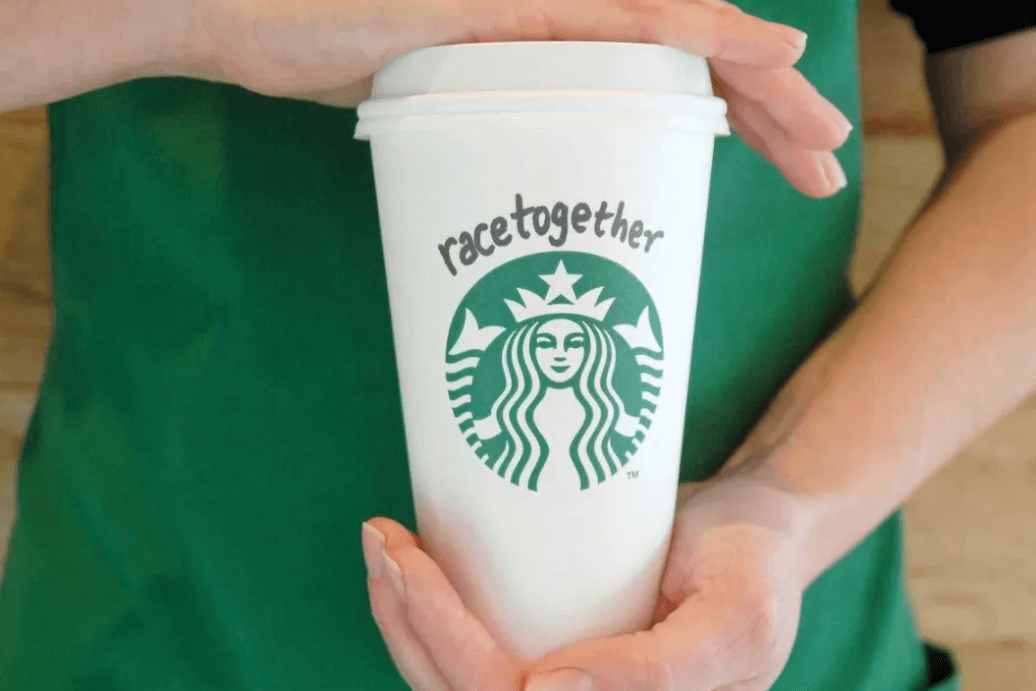
The idea aimed to position Starbucks as a brand committed to addressing important social issues, but it backfired.
Many people also felt that asking baristas, without proper training or support, to tackle such complex, sensitive conversations was misguided. Critics called the effort shallow and performative, accusing Starbucks of oversimplifying a serious topic for marketing gain.
The backlash was swift, forcing Starbucks to end the campaign within a week and leaving its reputation dented as customers and employees questioned the company’s sincerity.
Shein’s sustainability influencer tours
In 2023, Shein invited influencers on tours of its factories to showcase what it called “ethical and transparent production practices.”
The move was intended to reshape its image and address growing criticism over labor practices and environmental harm associated with fast fashion.

However, people quickly called the tours a PR stunt, pointing out that visiting a few handpicked facilities did not address systemic issues across the company’s massive supply chain. The lack of outside oversight or real change made it seem more about controlling the narrative than making progress.
As a result, the backlash online was immediate, with many labeling the tours as greenwashing. People also criticized the brand for trying to fix its image after the “Inside the Shein Machine” documentary without addressing its deeper environmental and labor issues.
Amazon’s DEI statements
Following the George Floyd protests in 2020, Amazon publicly supported the Black Lives Matter movement and pledged to enhance its diversity, equity, and inclusion (DEI) programs.
However, by 2025, the company quietly pulled back, removing diversity mentions from its reports, halting DEI programs, and scaling back hiring efforts.
This shift felt performative to many, showing that Amazon’s earlier commitments did not hold up under political or legal pressure.
As a result, the company faced backlash from workers and customers who saw this retreat as proof that its values were only surface-deep, leading to boycotts and long-term trust issues.
How to Avoid Performative Marketing and What to Do Instead
No brand wants to be criticized, dragged online, or even canceled for making empty promises.
The best way to protect your reputation is to plan carefully and avoid being performative.
1. Know your audience
One of the biggest reasons brands slip into performative marketing is jumping on causes without truly understanding what their audience cares about.
To avoid that, use tools like newsletter sign-up forms and short email surveys to learn what matters most to your subscribers.
Also, consider analyzing your email data. For example, if topics like sustainability or diversity consistently receive high engagement, that’s a great starting point.
Here’s an email survey example from GUESS:
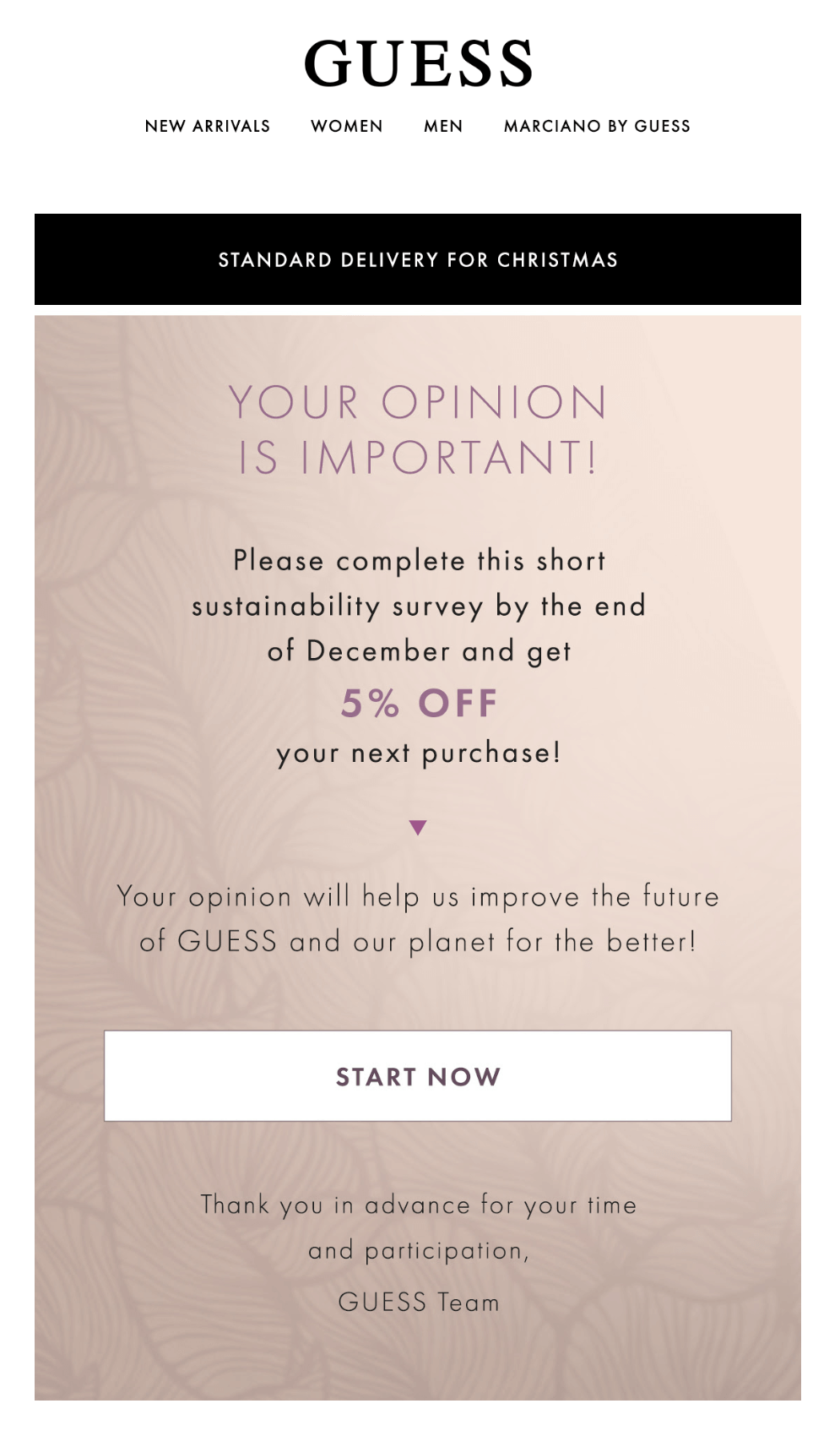
Instead of assuming, build your campaigns around real insights. When your messaging aligns with what your audience cares about, you can support causes that resonate with them.
To truly win, ensure that any action matches your brand values and has a lasting impact rather than a quick monetary gain. That’s how you build trust and a good reputation.
2. Back up your actions with proof
When discussing support for a cause, provide your receipts to support your claims. Consumers are quick to spot empty promises, so highlight real actions, such as donations, partnerships, internal policies, or measurable results.
Caudalie’s ocean protection email marketing example goes beyond feel-good messaging.

Here, the brand shared specific proof to show its impact:
- Collected and recycled 3,120 tons of plastic
- Established partnerships with Terracycle
- Reduced virgin plastic use by 21%
- Introduced seven refillable product options to cut packaging waste
They also outlined future goals, including reducing plastic waste over the next three years. This kind of transparency builds trust, proving you’re serious about change, not just chasing headlines.
Caudalie demonstrates that you don’t need flashy celebrity ads to convey the message effectively. A simple email can work just as well. So, once you’re ready, share your impact through a familiar channel.
3. Educate and support your employees
If you launch a campaign around a social issue or sustainability effort, ensure that employees have the tools and training to discuss it confidently and authentically.
This includes providing FAQs, email templates, or even internal workshops to help them understand the details of your commitments.
For example, if you’re promoting a new eco-friendly product line, brief your customer service team on details about materials, sourcing, and impact. Share key talking points in internal newsletters and invite employees to ask questions so they feel ready to represent your mission.
When staff can back up your brand’s promises, it shows customers that you’re all in, not just putting on a show. After all, a lack of education and support is precisely what tripped up brands like Bud Light and Starbucks.
4. Be transparent
No brand has it all figured out, and that’s okay. If you still have work to do, own it. Share where you’re falling short, what challenges you’re facing, and what steps you’re taking to meet your goals.
For example, include a progress update in your weekly or monthly newsletter or publish a yearly impact report that highlights both successes and areas that still require improvement.
Customers appreciate brands that are willing to admit they’re on a journey, rather than pretending to have everything figured out from the start. That transparency can build deeper trust than a too-good-to-be-true campaign ever could.
5. Stay consistent across channels
If you promote a cause or campaign on social media, ensure it aligns with your emails, website, in-store experiences, and even your product packaging. Consistency shows customers that you mean what you say.
Happy Socks does this well, aligning their social media, email marketing, and website content.
For instance, on Instagram, they highlight their Pride-themed products with playful captions and visuals celebrating LGBTQIA+ identity.
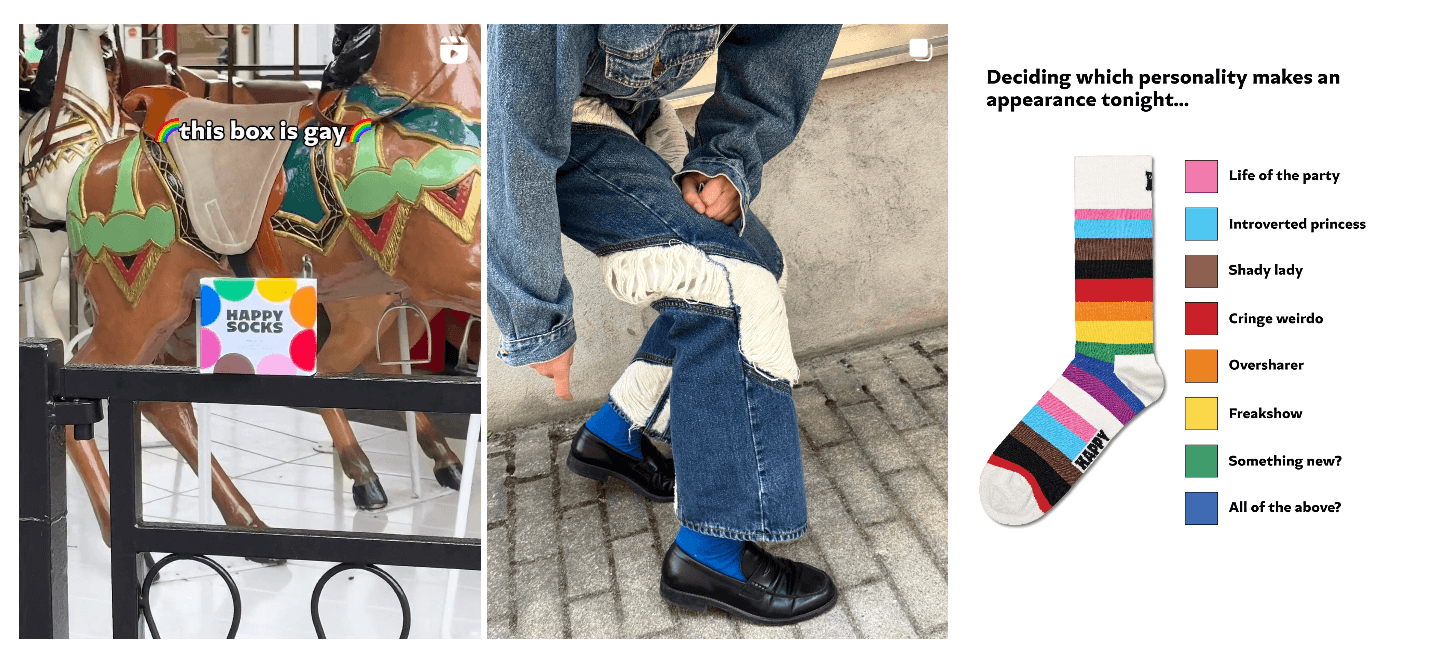
The same message carries over to their email campaigns, which feature the Pride collection available year-round and transparently state that 10% of proceeds go to InterPride.

From the website to social media and email, they maintain a consistent voice and values, avoiding any mismatch that might feel performative.
When your story holds together across every touchpoint, people trust that you’re genuine, and that goes a long way in building loyal, long-term relationships.
6. Embrace constructive criticism
Don’t just talk about being authentic, but prove it by giving customers, partners, and even your employees a chance to hold you accountable. That means being open to feedback, whether it’s praise or criticism. If people call you out, listen carefully instead of getting defensive, and share how you plan to address their concerns.
When a controversy arises, own up to mistakes and communicate what you’ll do to make things right. If you’re unsure how to handle a sensitive topic, consider consulting with experts or community leaders who can help you improve your messaging.
Embracing accountability makes your brand stronger and shows people you care about progress, not just performance.
7. Know when to let go
Sometimes, even with the best intentions, you may realize that a cause or initiative just doesn’t align with your brand’s long-term values anymore.
If you decide to step down, communicate openly with your partners and audience. Explain why you’re moving in a different direction and leave the door open for future collaboration instead of shutting it completely.
By selecting the right initiatives from the outset and remaining transparent if circumstances change, you’ll maintain your brand reputation and keep your audience engaged.
Why Authenticity Beats Performative Marketing
Performative campaigns might promise quick wins, but they come with long-term costs that no brand can afford. When your actions don’t match your messaging, you lose trust and credibility, your audience disengages, and your reputation takes a lasting hit.
Instead of going with the flow, choose authenticity every time. Align your promises with action, stay transparent, and maintain consistent values across every touchpoint. That’s how you build a loyal community that believes in your mission, not just your marketing team.
And remember, people don’t buy products; they buy experiences.
FAQs
Below, let’s take a look at some common questions regarding performative activism.
1. What is greenwashing?
Greenwashing happens when a brand exaggerates or falsely promotes its environmental efforts to appear more eco-friendly than it truly is. It’s performative marketing that aims to capitalize on sustainability trends without making meaningful changes to business practices.
2. What is performative activism?
Performative activism occurs when individuals or brands publicly support a social cause, such as sharing a hashtag or making a statement, but fail to follow up with actions to drive meaningful change. It’s more about looking good than doing good.
3. What are examples of performative activism?
Examples include changing a logo to rainbow colors during Pride Month but not supporting LGBTQIA+ employees, posting a black square during racial justice protests without contributing to solutions, or selling “green” products while polluting behind the scenes.
4. What is the difference between performative and real activism?
Performative activism stops at words or gestures meant to signal support, with no follow-through. Real activism involves consistent, meaningful action, such as policy changes, community partnerships, or funding, to genuinely help the cause beyond appearances.
5. What is the difference between performance marketing and performative marketing?
Performance marketing is a data-driven approach where brands pay for measurable results, like clicks, conversions, or sales. It’s focused on driving growth with trackable ROI.
Performative marketing, on the other hand, refers to brands making statements about social or ethical values without backing them up with meaningful action. It’s about appearances rather than real commitment and can harm trust if audiences sense it’s not genuine.

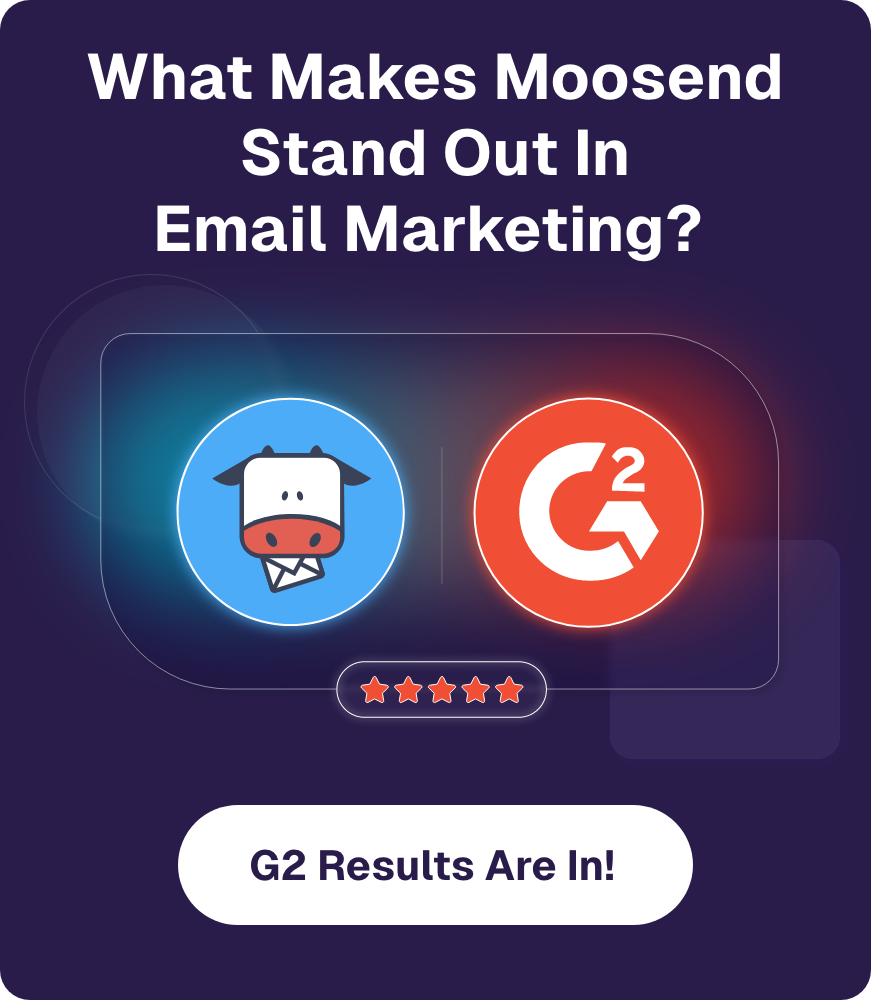

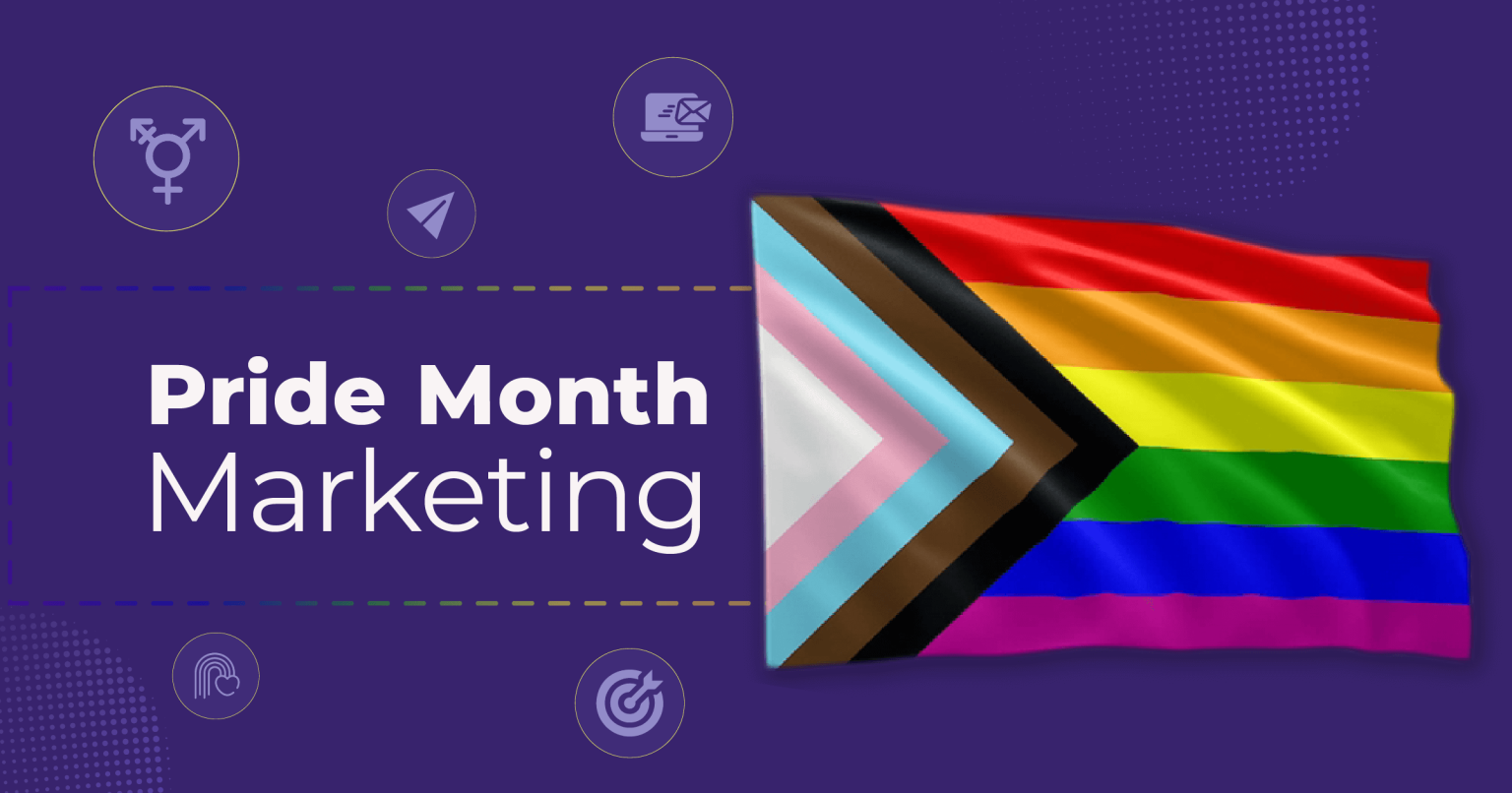

 Published by
Published by
